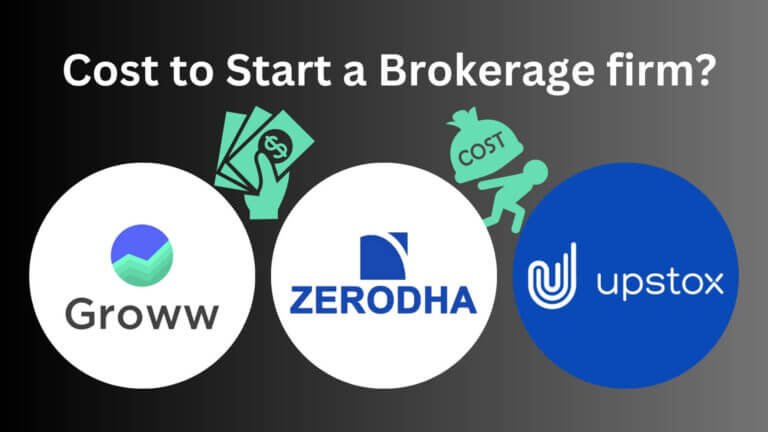What is Hedging? How to Hedge Your Stocks to Manage Risk
In the volatile world of stock markets, investors often find themselves faced with uncertainty and difficult decisions.
One such dilemma is whether to book profits or hold positions when the market is on the rise.
In such situations, there are three possibilities: holding positions and waiting for a potential market dip, selling positions to secure profits and waiting for a market correction to enter new positions, or employing a strategy known as hedging.
In this article, we will explore the concept of hedging and how it can be utilized to manage risk in stock market investments.
Understanding Hedging
Hedging can be likened to buying insurance in the stock market. Just as you would purchase medical insurance to mitigate the risk of high hospital bills, hedging involves taking measures to protect your investments from potential losses.
When engaged in stock market activities, there are various ways to hedge against market volatility.
Hedging Using Futures
One effective method of hedging in the stock market is through the use of futures contracts.
To illustrate this strategy, let’s consider a hypothetical portfolio belonging to Mr. ABC, comprising various stocks such as Ambuja Cement, Naukri, Reliance, Indigo, Asian Paints, DLF, Infy, and United Spirits.
The portfolio’s investments are represented by the quantity of shares held and their corresponding buying prices.
Understanding Beta
To effectively implement a hedging strategy, it is crucial to comprehend the concept of beta. Beta refers to the percentage of a stock’s movement in relation to a benchmark index, typically the Nifty 50 in this case.
For example, if Ambuja Cement has a beta of 0.92, it means that for every 1% movement in the Nifty 50, Ambuja Cement is expected to move by 0.92%. Higher beta values indicate greater volatility in the stock.
Investors with a higher risk appetite may consider investing in high-beta stocks, especially when the market is at lower levels.
Calculating Stock Weightage and Beta
To proceed with hedging, it is important to calculate the weightage of each stock in the portfolio. By dividing the total value of a particular stock by the total investment in the portfolio, we can determine its weightage as a percentage.
Additionally, multiplying the beta of each stock by its corresponding weightage helps in calculating the beta of the overall portfolio.
Determining the Hedge Value
The hedge value is a crucial component of the hedging strategy. It is calculated by multiplying the total investment value by the weighted beta obtained for the portfolio.
This value represents the amount that needs to be hedged against potential market risks. By multiplying the investment value of the portfolio by the weighted beta, investors can arrive at their hedge value.
Implementing the Hedge with Nifty Futures
To hedge the portfolio using Nifty futures, it is necessary to calculate the Nifty contract value.
This can be achieved by determining the current market value of Nifty and multiplying it by the contract size, typically 50. With the hedge value calculated earlier, investors can determine the quantity or lot size required to execute the hedge using Nifty futures.
FAQs
Q: What is hedging in the stock market?
A: Hedging is a strategy used to protect investments from potential losses by taking measures similar to buying insurance.
Q: How can hedging be utilized to manage risk in stock market investments?
A: Hedging helps manage risk in stock market investments by providing a safeguard against market volatility.
Q: What is one effective method of hedging in the stock market?
A: One effective method of hedging in the stock market is through the use of futures contracts.
Q: What is beta in relation to stock movements?
A: Beta refers to the percentage of a stock’s movement in relation to a benchmark index, such as the Nifty 50.
Q: How can the weightage of each stock in a portfolio be calculated?
A: The weightage of each stock in a portfolio can be calculated by dividing the total value of a particular stock by the total investment in the portfolio.
Q: What is the hedge value in a hedging strategy?
A: The hedge value represents the amount that needs to be hedged against potential market risks and is calculated by multiplying the total investment value by the weighted beta obtained for the portfolio.
Q: How can Nifty futures be used to implement a hedge?
A: Nifty futures can be used to implement a hedge by calculating the Nifty contract value and determining the quantity or lot size required to execute the hedge.



![Beginner’s Must-Read: Top 5 Stock Market Books [Free PDF]](https://stockmarketkacommando.com/wp-content/uploads/2023/07/The-Intelligent-Investor-768x432.png)



